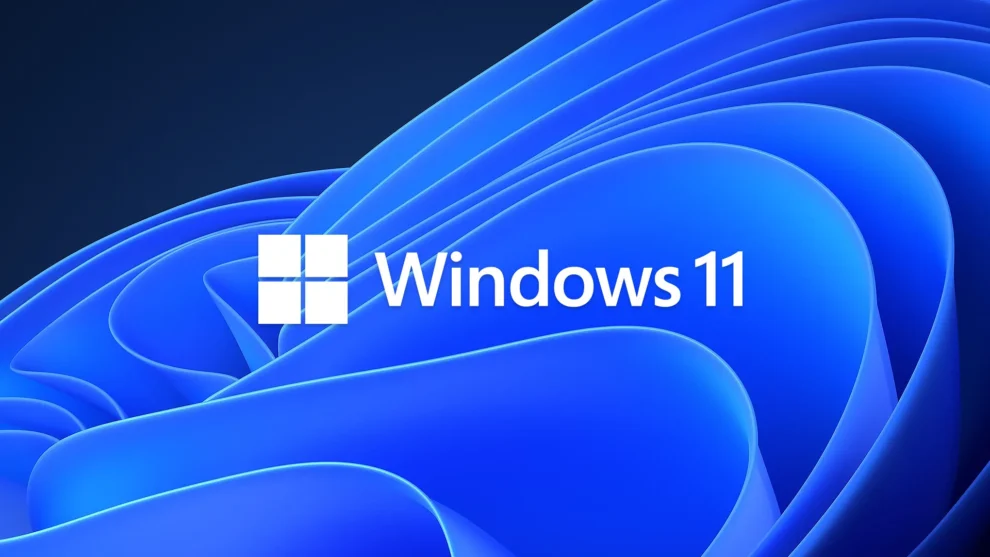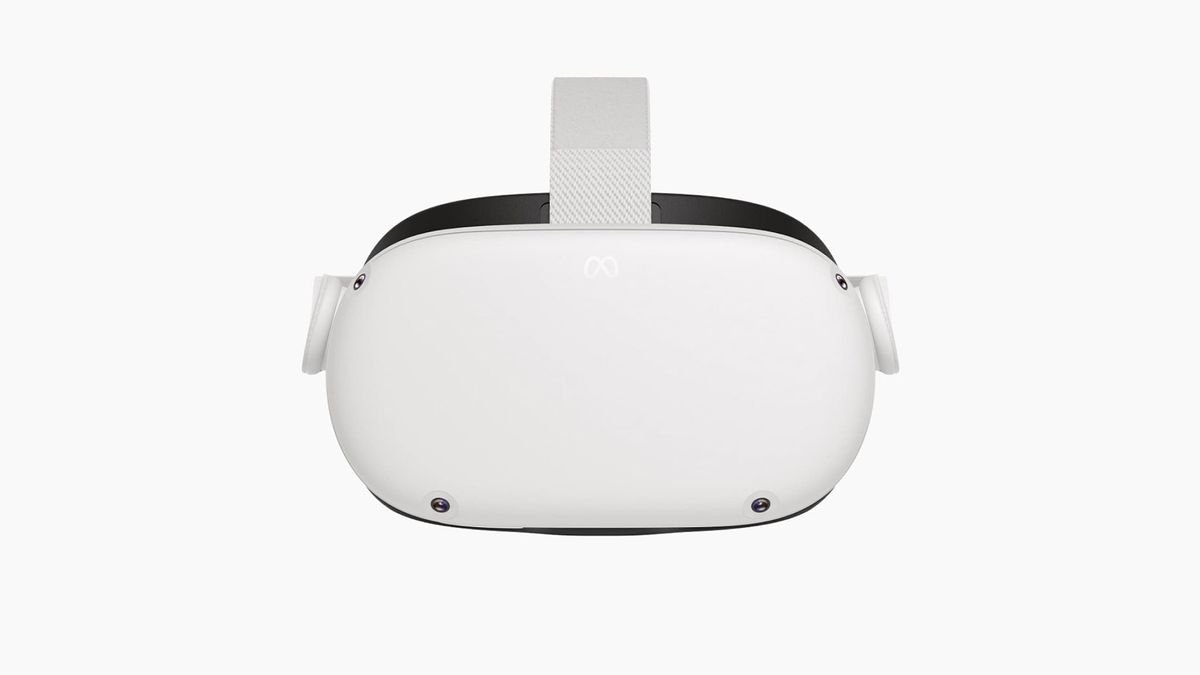In recent developments, Microsoft’s strategy to transition users from Windows 10 to Windows 11 has sparked conversations and, for some, concerns. Users have reported unexpected upgrades to Windows 11 without explicit consent, leading to a mix of frustration and confusion. This article dives into the core of the issue and what it means for Windows users.
At the heart of these reports are instances where users have found their computers either prompting a restart for the upgrade or already running Windows 11 without having initiated the update themselves. This phenomenon has left many wondering how their operating system changed seemingly overnight without their direct approval. Although Microsoft has not explicitly stated that they are pushing Windows 11 to users without consent, the incidents reported by users suggest a nudge towards the new OS that may not always be welcomed.
The situation brings to mind previous Windows upgrade cycles, where user consent was inferred through indirect actions, such as agreeing to keep software up to date without realizing this might include a major OS upgrade. The lack of a clear log file or record indicating who or what exactly confirms the Windows 11 upgrade makes it challenging to pinpoint the cause or source of these automatic updates. Some speculate that third-party triggers might be at play, though nothing conclusive has been proven.
For users on Windows 11-eligible devices managed by services like Intune or Windows Software Update Services, the upgrade won’t be pushed without direct action to install Windows 11. However, those who receive updates directly from Microsoft Update may find themselves facing the Windows 11 offer. To avoid unwanted upgrades, users can employ registry keys for Windows 10 Home or local group policy settings for Windows 10 Professional. This precaution ensures that the decision to upgrade or not remains in the user’s hands, preventing Windows 11 from being installed without explicit consent.
Moreover, for those who might find themselves on Windows 11 unexpectedly, there are ways to revert to Windows 10, provided the action is taken within a specific timeframe after the upgrade. This rollback option offers a lifeline for users who prefer to stick with the familiar environment of Windows 10.
This overview captures the essence of Microsoft’s current strategy regarding Windows 11 upgrades. As the landscape of operating systems evolves, users are encouraged to stay informed and proactive in managing their software preferences and settings.



















Add Comment